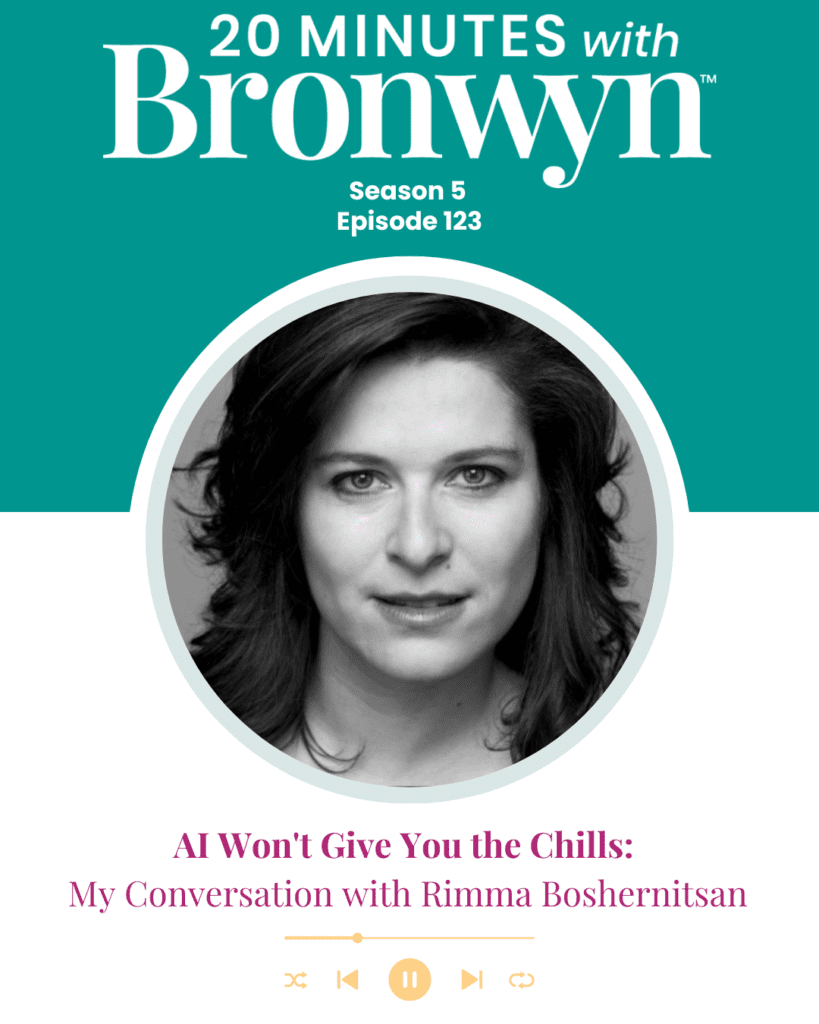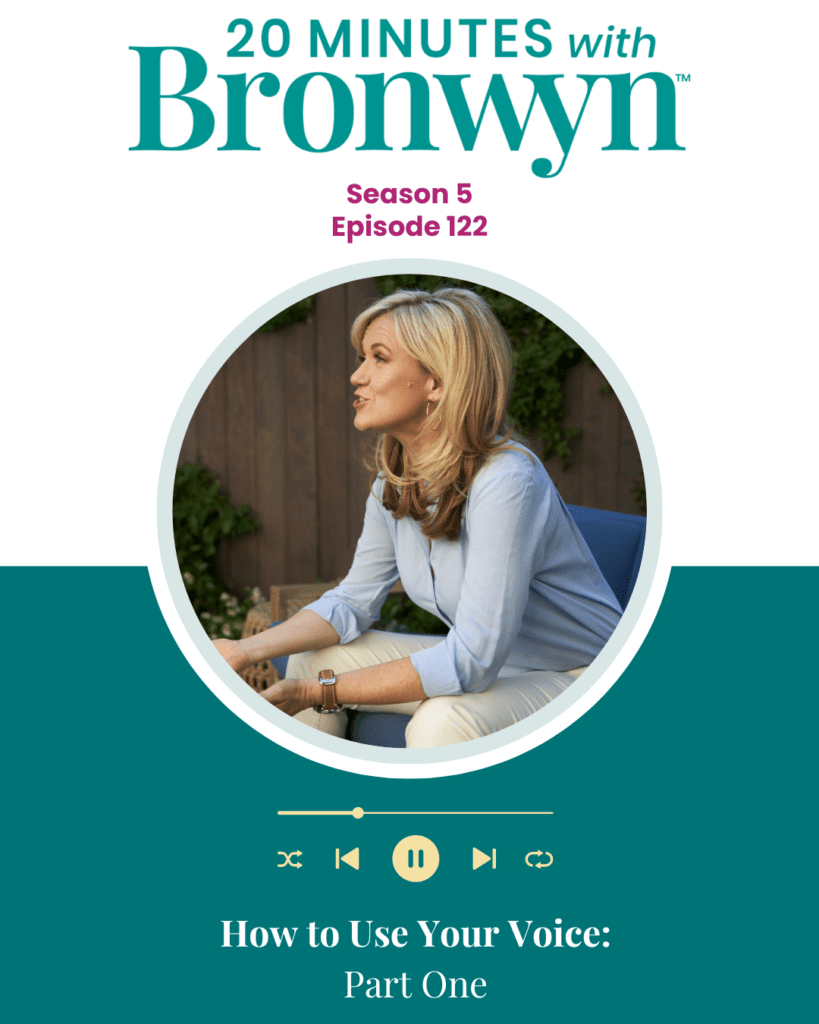Last week I had the pleasure of interviewing Chris O’Brien, business and technology columnist for the San Jose Mercury News. Initially, I wanted to discuss the art of “listening” during an interview – not the reporter’s ability to listen, but rather the spokesperson’s ability to listen. Chris and I had a great discussion, but I emerged with a slightly different theme for this posting – the importance of Authenticity.
I began the discussion by describing a scene I’ve witnessed over the years (as I’m sure many PR people have): In a spokesperson’s quest to faithfully deliver key messages, he or she ends up steamrolling a reporter, or fails to pick up on important cues on what the reporter is looking for.
Chris said, “We sort of expect that a spokesperson has been prepped and knows what they want to say. That’s fine. But you can really tell when someone is over rehearsed. I’m interested in having a conversation with a real person, not some sterile interview.”
He then added, “My best interviews are with the people who sort of refuse to be ‘handled.’ For example, Bill Watkins, of Seagate… he’s going to come in and be unfiltered with me. And while I do pity the handler, I appreciate it when someone has spoken from their own voice…” (For those not familiar with Mr. Watkins, this article gives a snapshot of the interview style of the infamous Mr. Watkins. It truly is a PR person’s worst nightmare… but a knock-out interview for the reporter).
Turns out, for Chris O’Brien, the interview often begins when the spokesperson thinks the conversation is over. “That’s when they loosen up, and say what they really think.” Yikes. But from Chris’s perspective, the recap of the messages at the end of the interview are generally better, and delivered in a real human voice.
What’s a PR person to do?
These are interesting times in the world of public relations, and the business of spokesperson “grooming.” The demand for authenticity and transparency is on the rise. But so is the demand for killer press hits in an increasingly tight media landscape.
On one hand, corporate communications people are tasked with creating a level of consistency across dozens of spokespeople – no small feat. On the other hand, reporters aren’t interested in talking with a bunch of clones. So where does that leave us?
While having a consistent set of messages is crucial to a tight corporate message, there needs to be more of a focus on helping spokespeople to be themselves in interviews. We need to encourage everyone to sing the same song, but in their own voices. Cheesy? Yes, but also true.
But what does that really mean in the tactical sense?
For Spokespeople: No more showing up to a “prep” session with the statement, “OK, so tell me what to say.” You have to work with your PR team to co-author the key messages, and make them your own. By simply regurgitating someone else’s sound bites, you almost guarantee a flat, totally unconvincing interview.
For the Corporate Communications Team: Now is the time to cultivate a slightly different skill set than just key message development and the ability to give good guidance around what a reporter is looking for. Begin to develop a sensitivity and sensibility around your spokespeople’s strengths, or where their fears lie. Learn to bring out the best in your spokespeople, and guide them by giving them sound, honest, and compassionate feedback. This does not mean spoon feeding pre-fab messaging to overtaxed executives. It means helping people cope with and eventually lose their bad habits as they talk to influencers like Chris O’Brien.
While it may sound exhausting, it’s actually a win/win. With a spokesperson who is encouraged to be themselves, having made the messages his or her own, the centralized corp comms team knows the messages are shining through, and the press gets to speak with actual human beings.
Is Media Training Really Just a Game?
I had a very interesting conversation recently with someone who had worked with a media coach who “knew how to play the game… and knew all of the tricks” in working with the press. He and I both bristled at this approach. Is there a game to media interviews? I suppose you could see it that way. Are there “tricks” to be mastered? Sure, there are some helpful techniques. But ultimately, this “cheating the game” approach to interactions with the press fails to honor what is ACTUALLY happening in a press conversation – two people trying to get their very valid needs met. And by treating press interviews like a game, we step out of a place of integrity and into a place of manipulation. The result? A crappy article, and a superficial relationship with a reporter.
Does that mean we stop teaching our spokespeople to “bridge to key messages?” Not necessarily. Does it mean we teach our executives to really listen, and empathize with what the reporter needs? Absolutely. At the end of the day, each and every interaction with a press person is an interaction with a human being. And the more respect, personality and authenticity we can bring to that interaction, the better.
To end the interview, I asked Chris what he wished spokespeople knew before getting on the phone with him:
“Honestly? Just be yourself. That’s all I ask.”
Amen.















